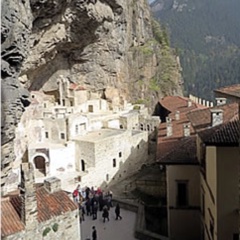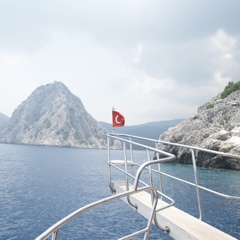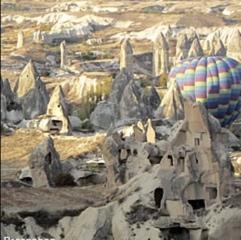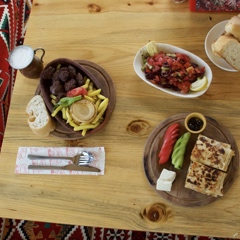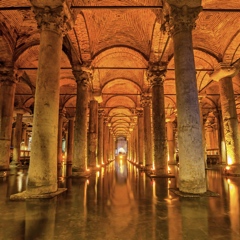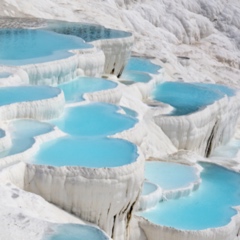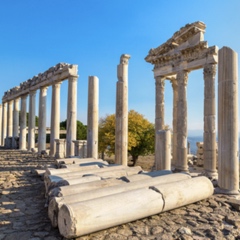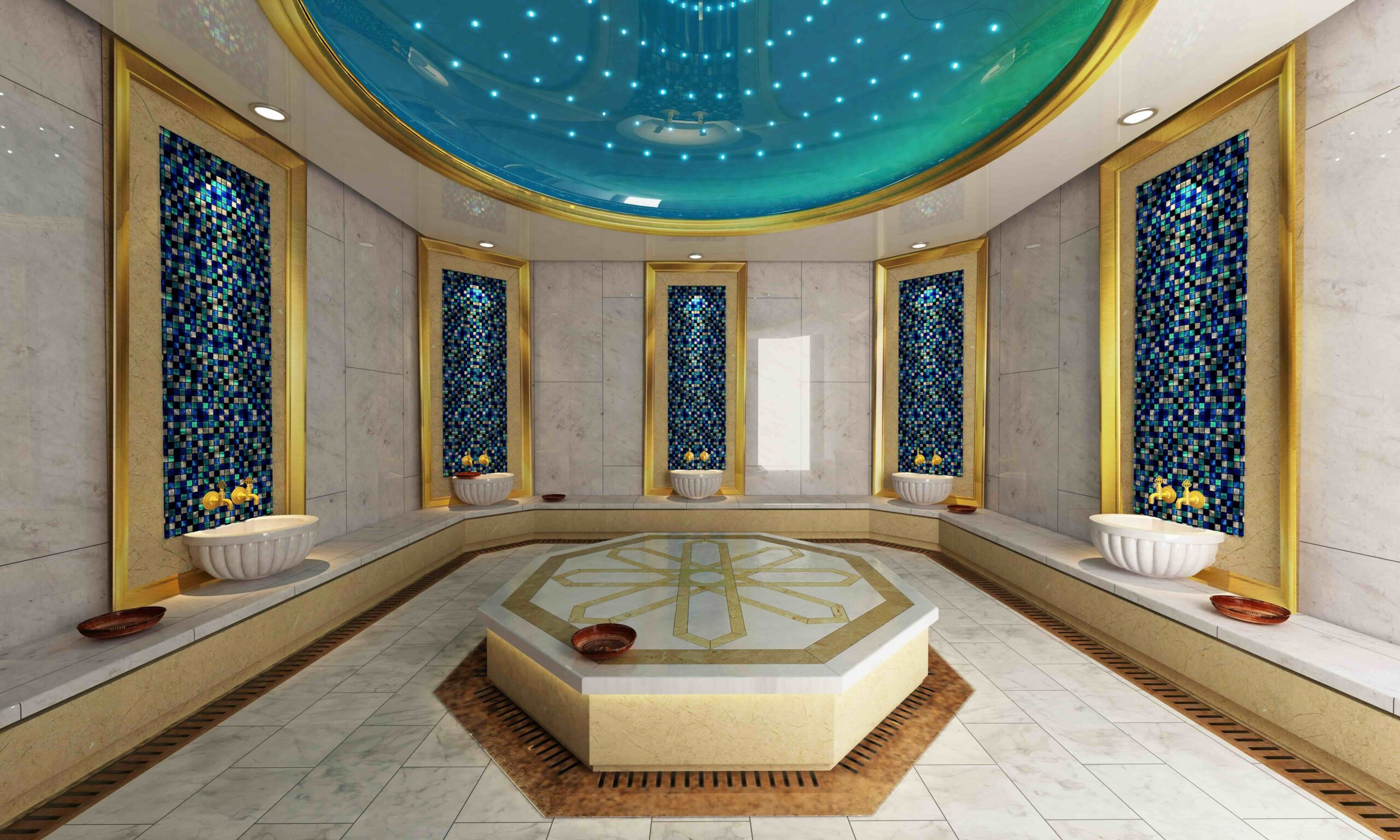
Personal hygiene is a major part of Islam, and hammams (hamam in Turkish), healthful Turkish baths, have been popular in Turkey for thousands of years, many surviving from Hellenic (ancient Greek) and Roman times.
Moreover, the Ottomans perfected the hammam, or Turkish baths, which, like the Roman bath, had three rooms: the grand, steamy hot room (caldarium) for steam-soaking and massage; the warm room (tepidarium) for washing with soap and water; and the cool room for resting or napping (perhaps in a private cubicle) after the bath with a cup of Turkish coffee or a glass of tea. They were social centers and the only baths in Turkey until the mid-20th century, when Western-style tub-bath-and-shower plumbing began to be accepted.
Today, hammams serve as cultural reminders and tourist attractions. Some, like Istanbul's Bayezid II Hamam, also serve as museums and historical attractions, educating visitors on hammam and Turkish bath customs and providing an authentic view of a traditional Turkish bath experience.



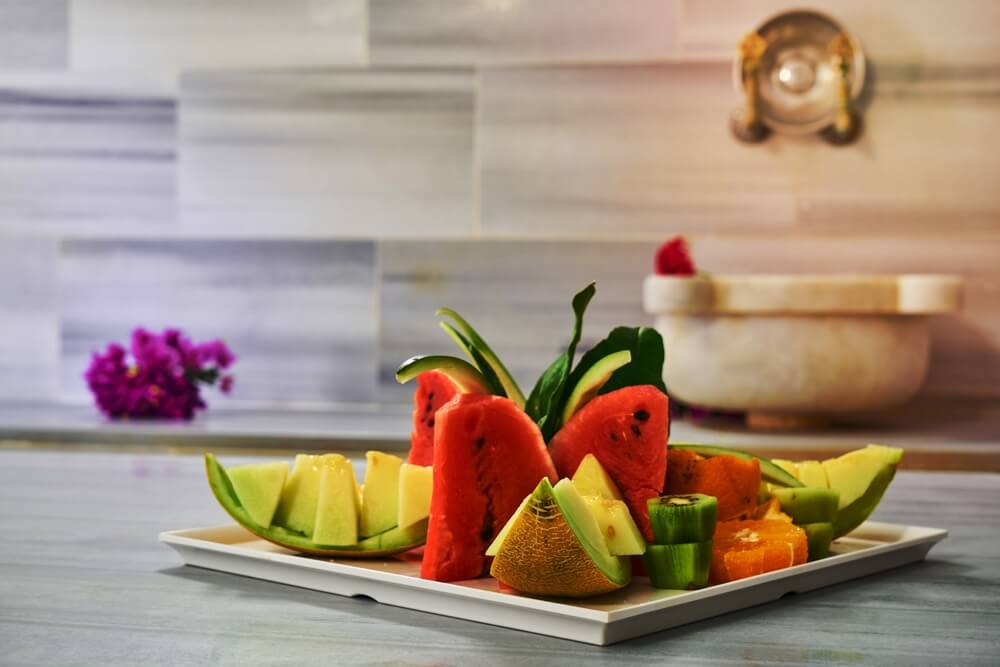
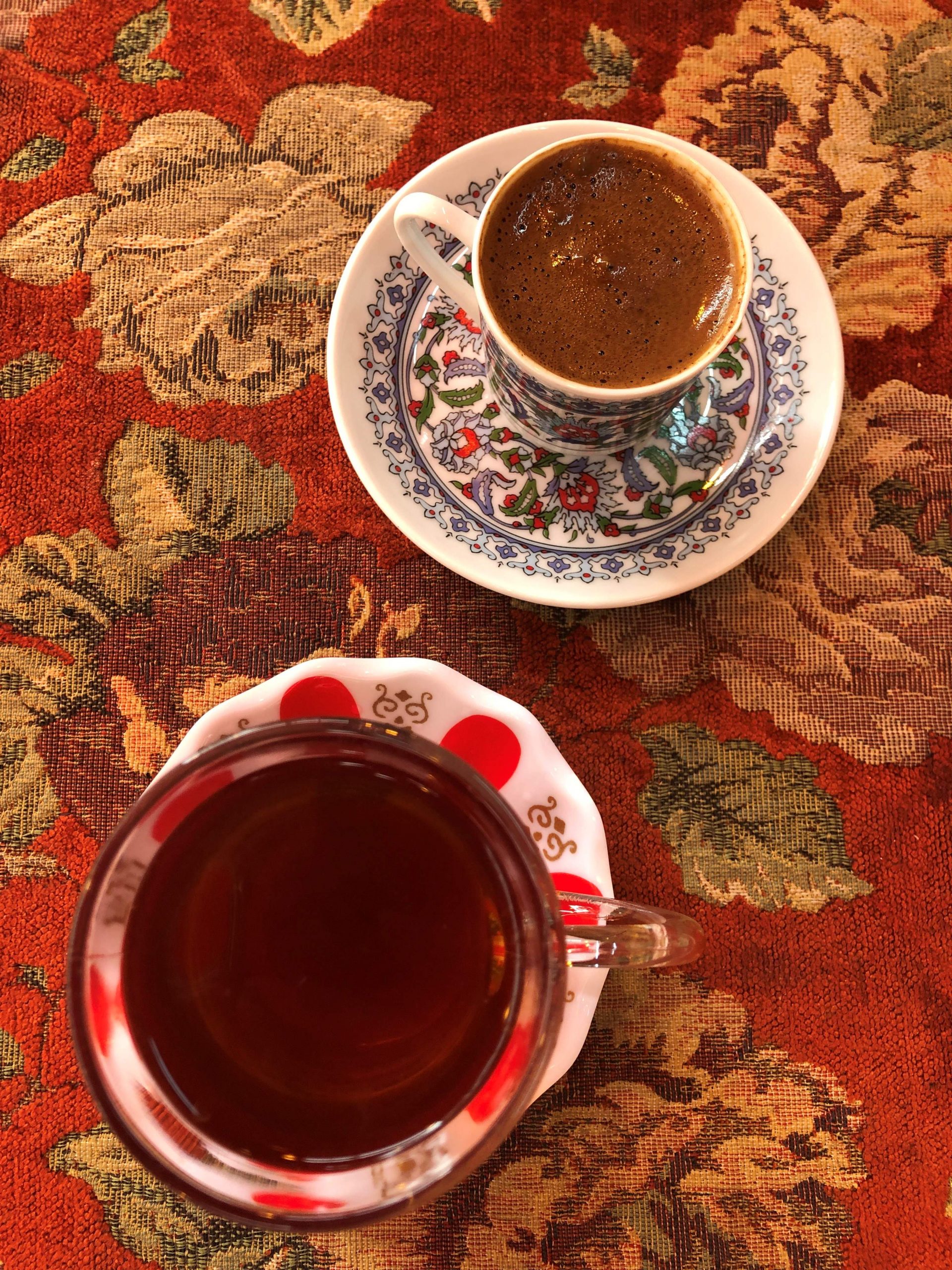
History and Importance of Turkish Hammams
As we previously stated, personal hygiene is considered a fundamental value in Islam and a mandatory ritual obligation. Muslims perform ablution, also known as Wudhu (abdest in Turkish), almost before every prayer, and since they pray five times a day, it is recommended to perform Wudhu five times a day as well.
So, in the Ottoman Empire, access to fresh and clean water was a daily necessity for people to maintain their hygiene and cultural and religious values. This led to the popularity of hammams in the Ottoman Empire, which are public Turkish baths. This cultural phenomenon is also evident in mosques, where fountains with clean water (Sebil or Sabil) are present for people to cleanse themselves before entering the mosque to pray.
During the 1900s, in the pre-modern Turkey Republic, before the advent of modern bathrooms in homes and hotels, the hamam bath, or public bath, was still used as a bathroom for the community. Everyone went there regularly, and prices were low. It once again served as a place to cleanse oneself and engage with the local community. Especially Turkish women would have special times each month when they would gather in hammams to bathe and socialize.
Here are tips for women at Turkish baths.
As time passed, every house had a separate bath built-in, and a trip to the hammam was considered a special occasion and even a luxury. Prices have skyrocketed. Instead of equalizing the cost of a light lunch, a hamam visit equaled or exceeded the cost of a hotel room, especially at the most historic and architecturally prominent hammams.
This and several other factors caused a cultural change where Turkish people stopped going to hammams and took baths at home. It was simpler, after all. In time, women also stopped gathering in hammams to socialize, and hammams slowly started decreasing in number.
However, personal hygiene has always been an important cultural value that has persisted throughout Turkey's history (and most other Islamic civilizations), as it is a religious obligation to stay as clean as possible. Today, modern Turks shower in the morning before going to the office and pay great attention to personal hygiene.
Yet, many people overlook the cultural value of visiting a Turkish hammam for steam and scrub in modern-day Turkey. However, it remains a tradition for some to do so before their wedding day. It's worth noting that many Turkish people go their entire lives without ever visiting a hammam.
We also have to mention that going to hamam, experiencing a Turkish bath experience and a good drying-off with Turkish towels, followed by an hour's relaxation, tea or Turkish coffee, and conversation with friends, is one of life's small but significant pleasures.
So, when you travel to Turkey, you should experience a Turkish bath. Every Turkish town still has at least one hamam, and cities have many. Most are simple, functional, and inexpensive, but the historic hammams, especially those built by the sultans to serve their imperial mosques, are beautiful works of Ottoman architecture made of fine marble with rich decoration.
To take your steam bath experience to a higher level, see Thermal Spa Resorts in Turkey.
Instant access, no lines, budget-friendly.
With MegaPass, travelers can explore Istanbul’s top sights with one digital pass — including museums, guided tours, and public transport. Available instantly online. Check out MegaPass.


Turkish Hammam Etiquette, Practices, and What to Expect
Turkish hammams are refreshing places where visitors will proceed from cold rooms to hotter rooms and be washed by the bathhouse massagers (tellak). In hammams, visitors wear a loincloth and remove all their clothing in their private rooms. Men and women will go into separate private rooms with separate facilities. In smaller hammams, people go at different hours of the day.
When you enter a hammam, you will need to give your shoes to the shoekeeper and receive a slipper in return. Traditionally, this was a special type of slipper called nalın, which was made of wood or mother-of-pearl clogs. Nowadays, it is mostly a normal slipper. The shoekeeper will give you a number, which you will use later to retrieve your shoes.
Then you will move into a small private room, where you will remove your clothes and receive a peştamal (a special bathing suit or cloth to cover your groin, also known as a loincloth), a kese (a rough mitten for scrubbing), and soap. Now, you are ready to move to the actual hammam, the hot room (or steam room). Before entering the hot room, you will also receive an extra peştamal, which you will use when leaving the hammam and leaving your wet peştamal inside.
When you enter the hot room, you will first notice the hot air and fragrance of steam baths around you. Begin by washing yourself with hot water in the steam room. Keep in mind that the room will be very hot and humid, filled with pleasant steam and fragrance. So, remember to hydrate properly by drinking plenty of water inside. Afterward, you can receive a deep scrub and sudsy massage from the hammam's tellak (bathhouse massager). It is important to note that the tellak will be the same sex as the visitors.
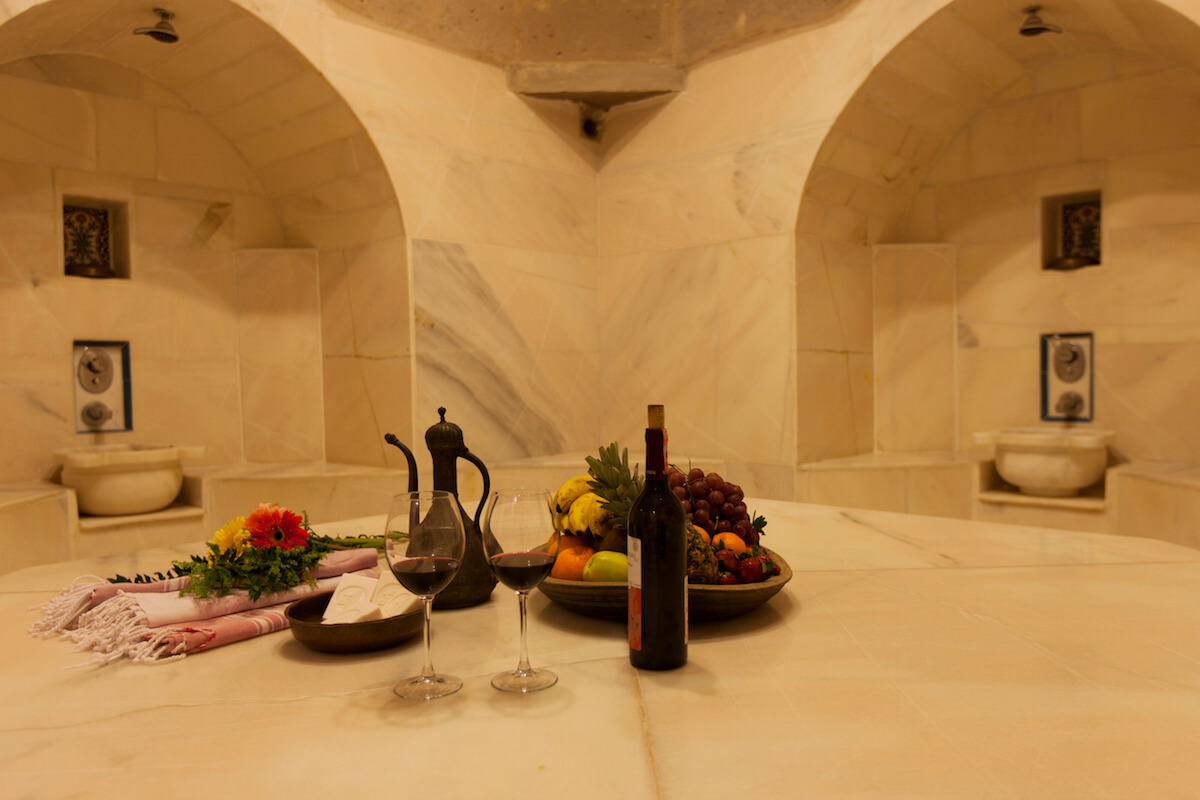
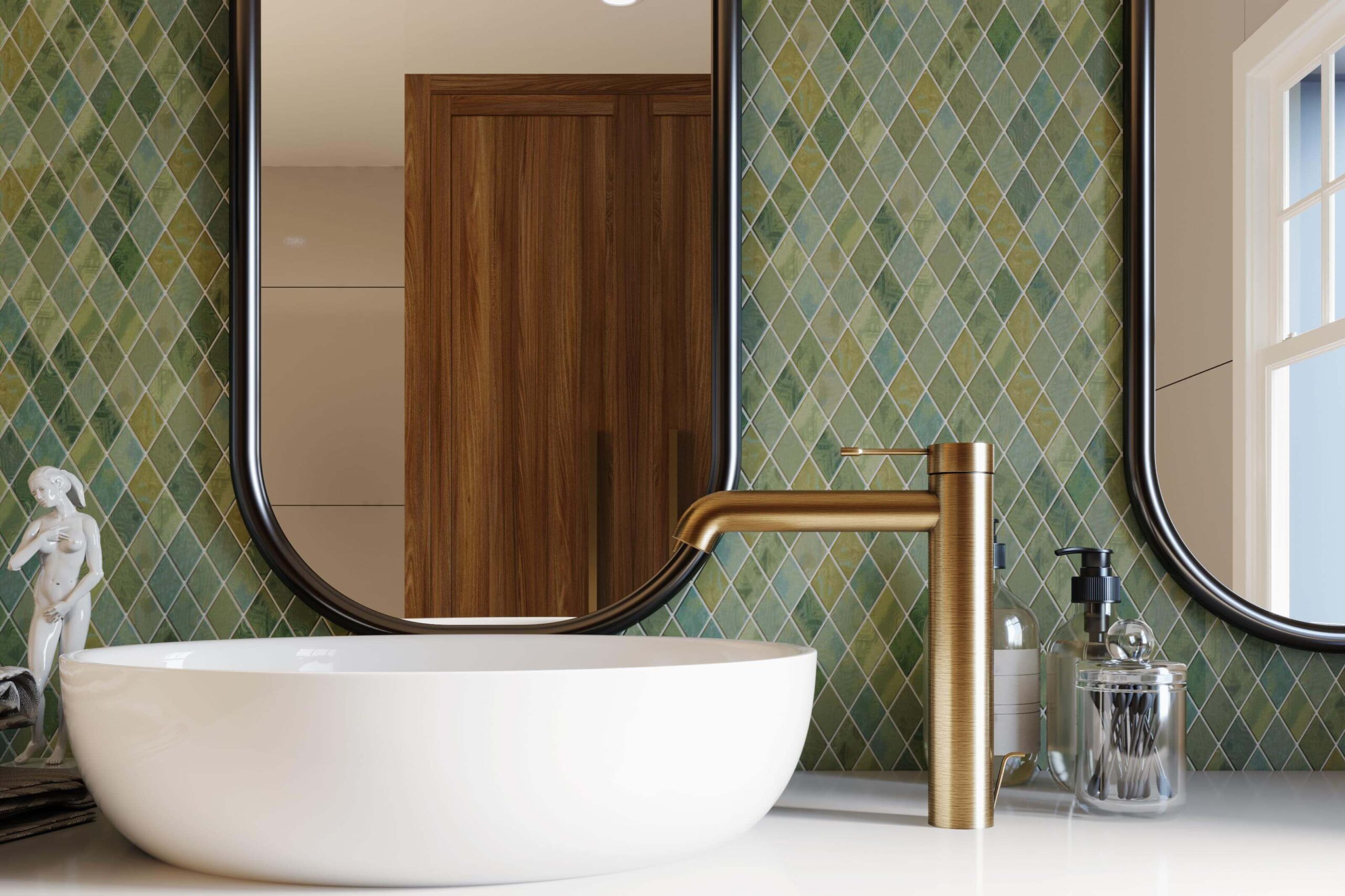
The tellak will first scrub the client, and you will be surprised by the amount of dead skin that may come off from the gentle and painless exfoliants. After the scrubbing, the tellak will ask you to lie down on the Belly Stone (Göbek Taşı in Turkish), which is a raised platform used for receiving a deep, entire-body massage. Please remember that the massage you will receive may be rougher than the gentle massages offered at most spa centers. However, this is the specialty of the massage, a part of the Turkish bathing rituals in hammams, and an essential requirement of the Turkish bath experience, so there is no need to be concerned. It's also important to keep in mind that getting a scrub and massage may be considered an additional service, and you may be required to pay an extra fee. Additionally, larger and more tourist-oriented hammams typically offer a variety of massages and spa services for you to choose from.
After getting a thorough scrub and a relaxing massage, it's a good idea to take a refreshing shower, ideally with cold water. Alternatively, larger hammams may have steam rooms, a jacuzzi, a hot tub, or other pools to enjoy. Now that you feel refreshed from your time at a Turkish hammam, you can change into your dry extra peştamal (loincloth) and head to your private room (which functions both as a cold room and a steam room). Here, you can ask for drinks such as water, Turkish tea, and Turkish coffee. Also, you can order snacks as well. It is a good idea to rest for 10–15 minutes before going outside.
After leaving, hammam workers will ask you about your experience and calculate the fee. If you received a massage and scrubbing, please don't hesitate to tip the tellak (massage worker)
For more information on the hamam experience, read our article "Taking Tea in Turkey."
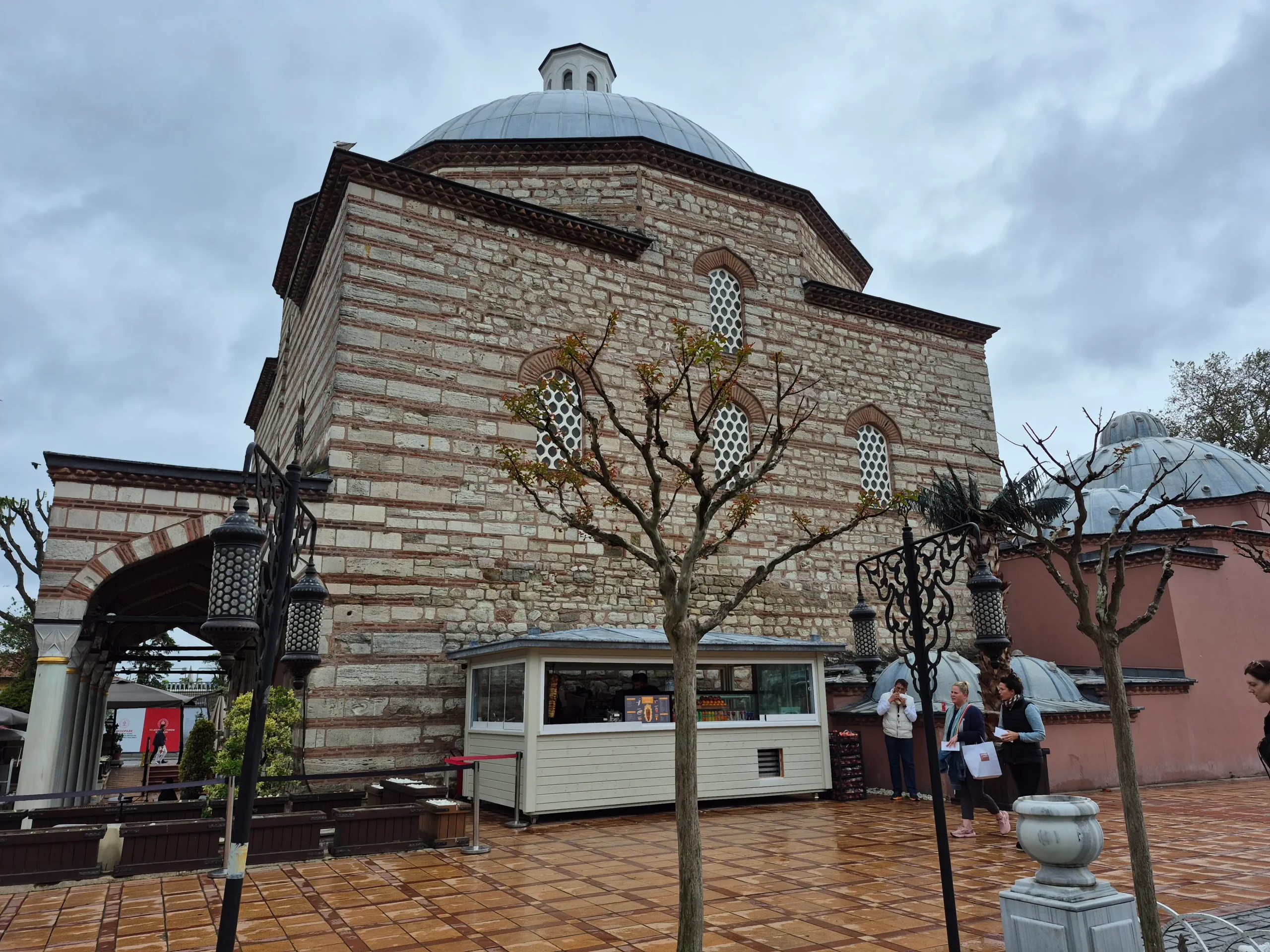
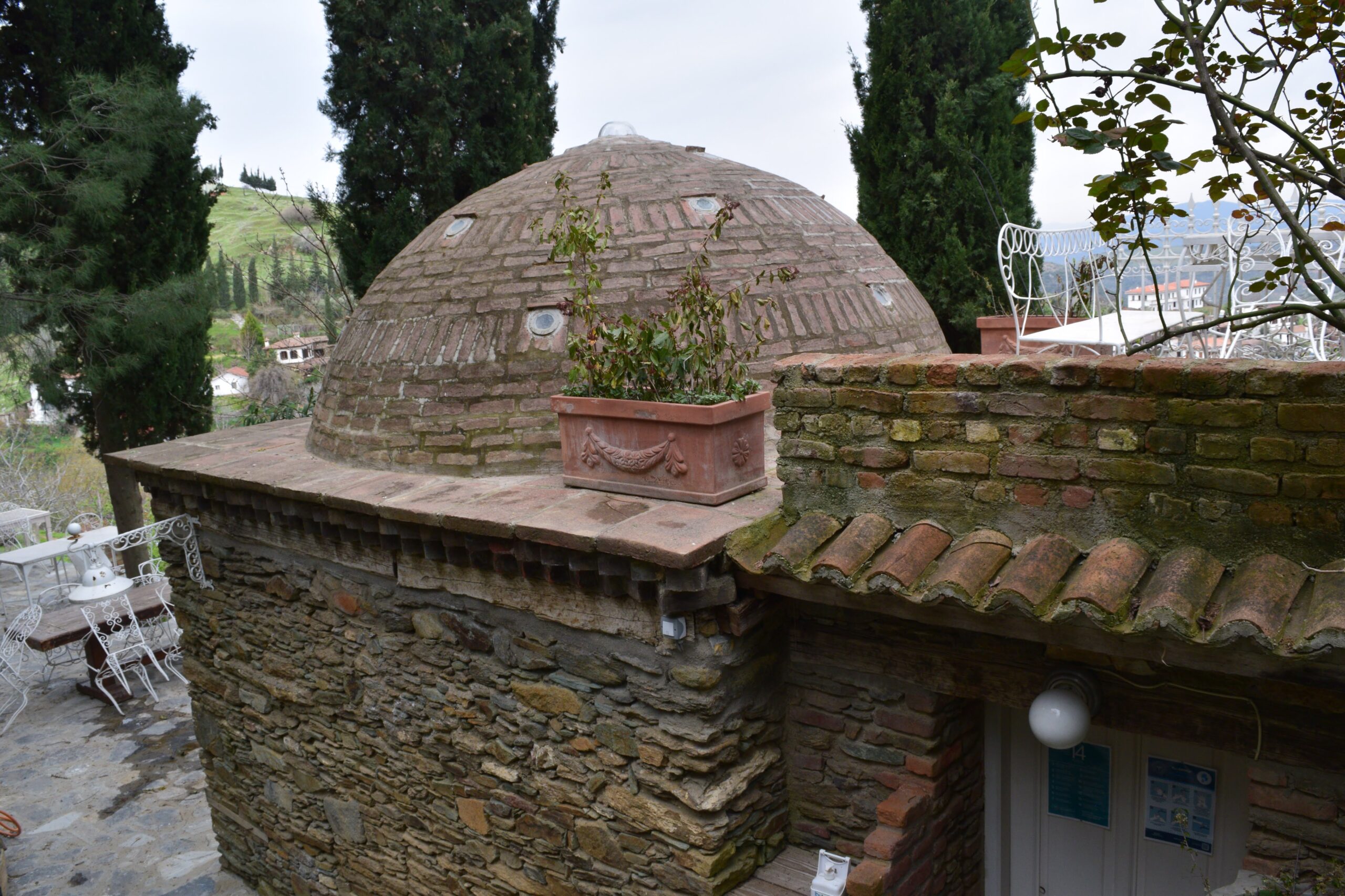
Neighborhood Hamams
Every city and town has its own hammam. These modern hammams are usually un-touristy and, therefore, simpler and cheaper. Many of these neighborhood places do not present your vision of a historic, atmospheric Turkish bath with the full hammam experience. You might ask at your hotel for a nearby, local hamam recommendation.
Hamams such as Mihrimah Sultan Hamam are among the most popular places to visit. Here are some of the favorite hammams for foreign visitors in Istanbul.
Also, if you travel to Cappadocia, remember that several fine cave hotels have their own hammams, including the Kelebek Hotel and Kale Konak Hotel.
Turkish hammams are the perfect place to enjoy a relaxing time covered with steam and warm water. This therapeutic experience will surely refresh your body and mind. After your visit to a historical Turkish hammam in Istanbul, you can also visit the nearby tourist attractions from the Ottoman era, such as the Grand Bazaar and Topkapı Palace.



